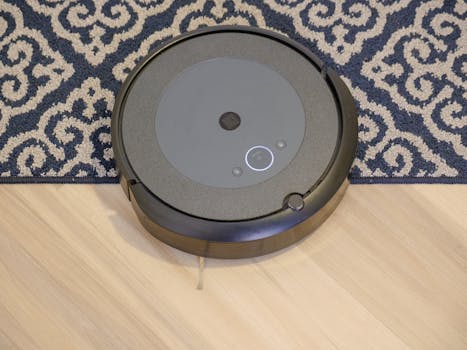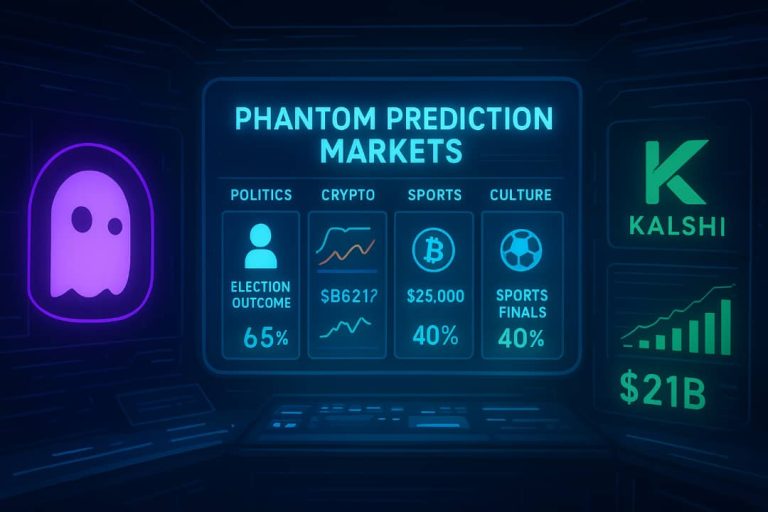
Smart Homes and Smart Living: The Technological Transformation of European Homes by 2025
Smart Homes and Smart Living is the future of European homes, and it’s happening now. The European home is undergoing a significant transformation, driven by technological advancements and changing lifestyles. By 2025, smart homes and smart living will become the norm, revolutionizing the way we live, work, and interact with our living spaces.
Introduction to Smart Homes and Smart Living
Smart homes and smart living refer to the integration of technology and automation in residential buildings to create a more comfortable, convenient, and sustainable living environment. This includes the use of sensors, actuators, and microcontrollers to control and monitor various aspects of the home, such as temperature, lighting, security, and entertainment.
Technological Advancements Driving Smart Homes and Smart Living
Several technological advancements are driving the adoption of smart homes and smart living in Europe. These include:
- Internet of Things (IoT): The IoT refers to the network of physical devices, vehicles, home appliances, and other items that are embedded with sensors, software, and connectivity, allowing them to collect and exchange data.
- Artificial Intelligence (AI): AI is being used in smart homes to learn the preferences and behaviors of occupants and adjust the living environment accordingly.
- 5G Networks: The rollout of 5G networks is providing faster and more reliable connectivity, enabling the seamless integration of smart devices and services.
Benefits of Smart Homes and Smart Living
The benefits of smart homes and smart living are numerous. These include:
- Increased Comfort: Smart homes can learn the preferences of occupants and adjust the temperature, lighting, and entertainment systems accordingly.
- Improved Safety: Smart homes can detect potential safety hazards, such as gas leaks or intruders, and alert occupants or emergency services.
- Enhanced Convenience: Smart homes can automate routine tasks, such as turning off lights and appliances, and provide voice control over various systems.
- Energy Efficiency: Smart homes can optimize energy consumption by adjusting temperature, lighting, and other systems based on occupancy and usage patterns.
Challenges and Limitations of Smart Homes and Smart Living
While smart homes and smart living offer many benefits, there are also challenges and limitations to consider. These include:
- Privacy Concerns: The collection and exchange of data in smart homes raises concerns about privacy and data protection.
- Security Risks: Smart homes are vulnerable to cyber attacks and data breaches, which can compromise the safety and security of occupants.
- Interoperability Issues: The integration of different smart devices and systems can be challenging, leading to compatibility issues and fragmentation.
Conclusion
In conclusion, smart homes and smart living are transforming the European home, driven by technological advancements and changing lifestyles. While there are challenges and limitations to consider, the benefits of smart homes and smart living are numerous, and they will continue to shape the future of residential buildings in Europe.






